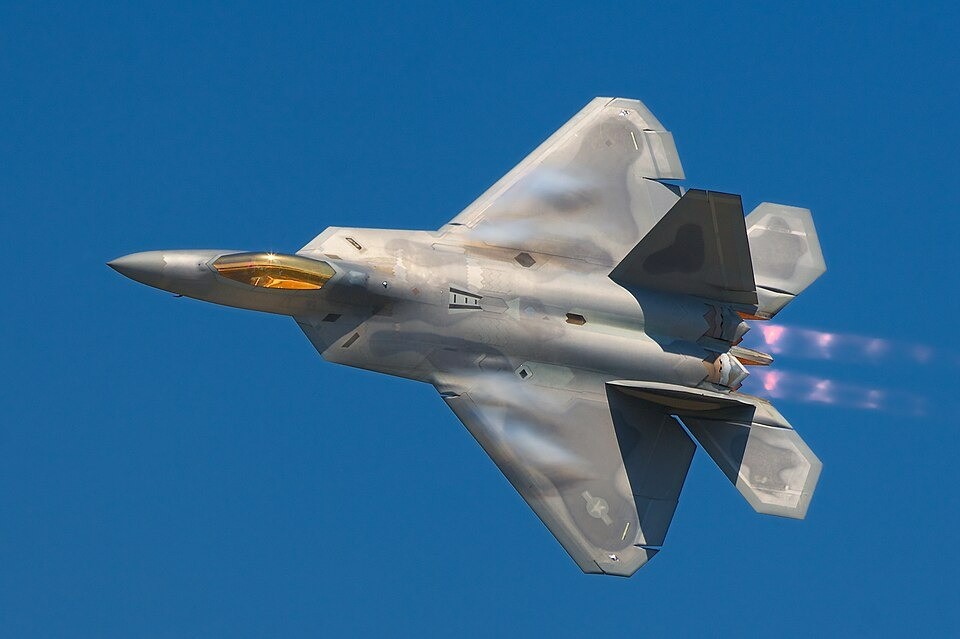Dead aircraft systems during combat are catastrophic, but Lockheed Martin’s “grown” skin technology promises to eliminate those failure points entirely. The aerospace giant’s Skunk Works division has developed aircraft skin that conducts both data and electrical power through the material itself—no wiring required. This isn’t just clever engineering; it’s a fundamental rethinking of how we build cutting-edge technologies.
The Science Behind Self-Sensing Aircraft
The grown skin integrates miniature sensors throughout the aircraft’s exterior, creating a dense network that monitors everything from structural stress to environmental conditions. Data flows directly through conductive pathways built into the material layers, like a biological nervous system made of composites. You’re looking at aircraft that essentially think with their skin, gathering information from every surface without the weight and complexity of traditional cabling.
Military Applications Drive Development
Energy storage embedded within the structure acts like a distributed battery system, powering sensors locally and potentially contributing to main aircraft systems. Fewer physical connectors mean dramatically reduced maintenance requirements—crucial when your aircraft operates in hostile environments. The technology eliminates thousands of potential failure points that plague current military aircraft, where a single severed wire can ground a $100 million fighter jet.
Commercial Aviation’s Future Blueprint
Details remain limited about deployment timelines, indicating the technology is still in advanced prototyping rather than production. However, successful implementation could reshape how commercial aircraft systems—and potentially electric vehicles—integrate sensing and power management. Think Tesla’s integrated approach to automotive electronics, but applied to structures that need to survive Mach 2 and missile strikes.
The paradigm shift from discrete components to intelligent materials represents engineering philosophy evolution as significant as the transition from mechanical to digital systems. The grown skin concept transforms aircraft from collections of separate systems into unified, responsive organisms. When your airplane’s structure becomes its nervous system, you’re not just building better aircraft—you’re engineering the future of smart materials.






0 Comments